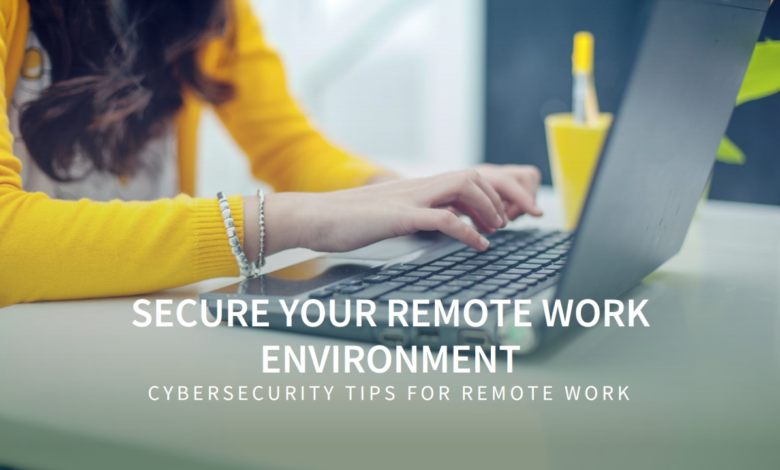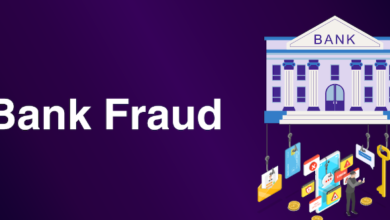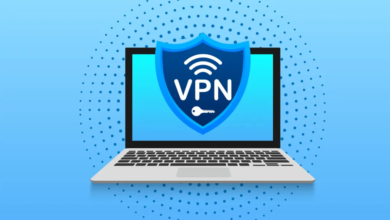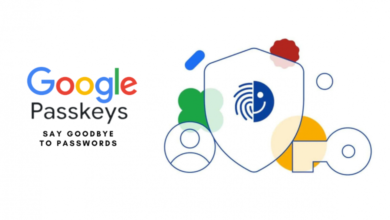
Best Practices for Securing Remote Work Environments
The shift towards remote work has been accelerated by advancements in technology and recent global events, making it a permanent fixture in many organizations. While remote work offers numerous benefits, it also presents unique security challenges. Ensuring the security of remote work environments is crucial for protecting sensitive data and maintaining business continuity. Here are some best practices for securing remote work environments.
1. Implement Strong Authentication Measures
Multi-Factor Authentication (MFA)
- Definition: MFA requires users to provide two or more verification factors to gain access to a resource.
- Why It’s Important: It adds an additional layer of security beyond just a username and password.
- Implementation: Use MFA for accessing company resources, email accounts, and any critical systems.
Password Management
- Strong Passwords: Encourage the use of complex passwords that include a mix of letters, numbers, and special characters.
- Password Managers: Recommend the use of password managers to store and manage passwords securely.
2. Secure Communication Channels
Virtual Private Networks (VPNs)
- Definition: A VPN creates a secure tunnel for data transmission between remote workers and company servers.
- Why It’s Important: It encrypts internet traffic, protecting it from interception.
- Implementation: Mandate the use of VPNs for accessing company networks and resources.
Encrypted Communications
- Email Encryption: Use encryption tools to protect sensitive information shared via email.
- Messaging Apps: Choose secure messaging platforms that offer end-to-end encryption.
3. Maintain Updated Systems and Software
Regular Updates and Patching
- Importance: Regularly updating software and operating systems helps protect against vulnerabilities.
- Automation: Implement automatic updates where possible to ensure that all systems are up-to-date.
Endpoint Security
- Antivirus and Anti-Malware: Ensure all devices have updated antivirus and anti-malware software.
- Firewalls: Use firewalls to protect against unauthorized access.
4. Implement Access Controls
Principle of Least Privilege
- Definition: Users should have the minimum level of access necessary to perform their job functions.
- Implementation: Regularly review and adjust access permissions to ensure compliance.
Role-Based Access Control (RBAC)
- Definition: Assign permissions based on the user’s role within the organization.
- Benefits: Simplifies management of user privileges and enhances security.
5. Educate and Train Employees
Security Awareness Training
- Topics to Cover:
- Phishing and Social Engineering Attacks: Teach employees how to recognize and avoid these threats.
- Safe Browsing Habits: Educate on the importance of visiting secure websites and avoiding suspicious links.
- Data Protection: Highlight the importance of protecting sensitive data and adhering to company policies.
Also Check
Regular Refreshers
- Frequency: Conduct training sessions regularly to keep security awareness top of mind.
6. Secure Physical Workspaces
Home Office Security
- Recommendations:
- Use a secure, private workspace to prevent unauthorized access.
- Lock devices when not in use.
- Use screen privacy filters.
Device Management
- Mobile Device Management (MDM): Implement MDM solutions to manage and secure mobile devices.
- Remote Wipe Capabilities: Ensure the ability to remotely wipe data from lost or stolen devices.
7. Implement Data Backup and Recovery Plans
Regular Backups
- Frequency: Schedule regular backups of critical data.
- Storage: Use secure, encrypted storage solutions for backups.
Disaster Recovery
- Plan Development: Create and maintain a disaster recovery plan to ensure quick recovery in case of data loss or breach.
- Testing: Regularly test recovery procedures to ensure effectiveness.
8. Monitor and Respond to Threats
Continuous Monitoring
- Tools: Use security information and event management (SIEM) tools to monitor for suspicious activity.
- Alerts: Set up alerts for potential security incidents.
Incident Response Plan
- Preparation: Develop an incident response plan detailing steps to take in case of a security breach.
- Team: Designate an incident response team and ensure they are trained and ready to act.
9. Legal and Compliance Considerations
Data Protection Regulations
- Awareness: Stay informed about relevant data protection regulations such as GDPR, CCPA, etc.
- Compliance: Ensure that remote work practices comply with these regulations.
Contracts and Agreements
- Remote Work Policies: Draft clear remote work policies outlining security expectations.
- Employee Agreements: Have employees sign agreements acknowledging their responsibility for securing company data.
Conclusion
Securing remote work environments requires a comprehensive approach that includes strong authentication, secure communication, regular updates, access controls, employee education, physical security, data backup, continuous monitoring, and compliance with regulations. By implementing these best practices, organisations can protect their data, maintain business continuity, and support their remote workforce effectively.








